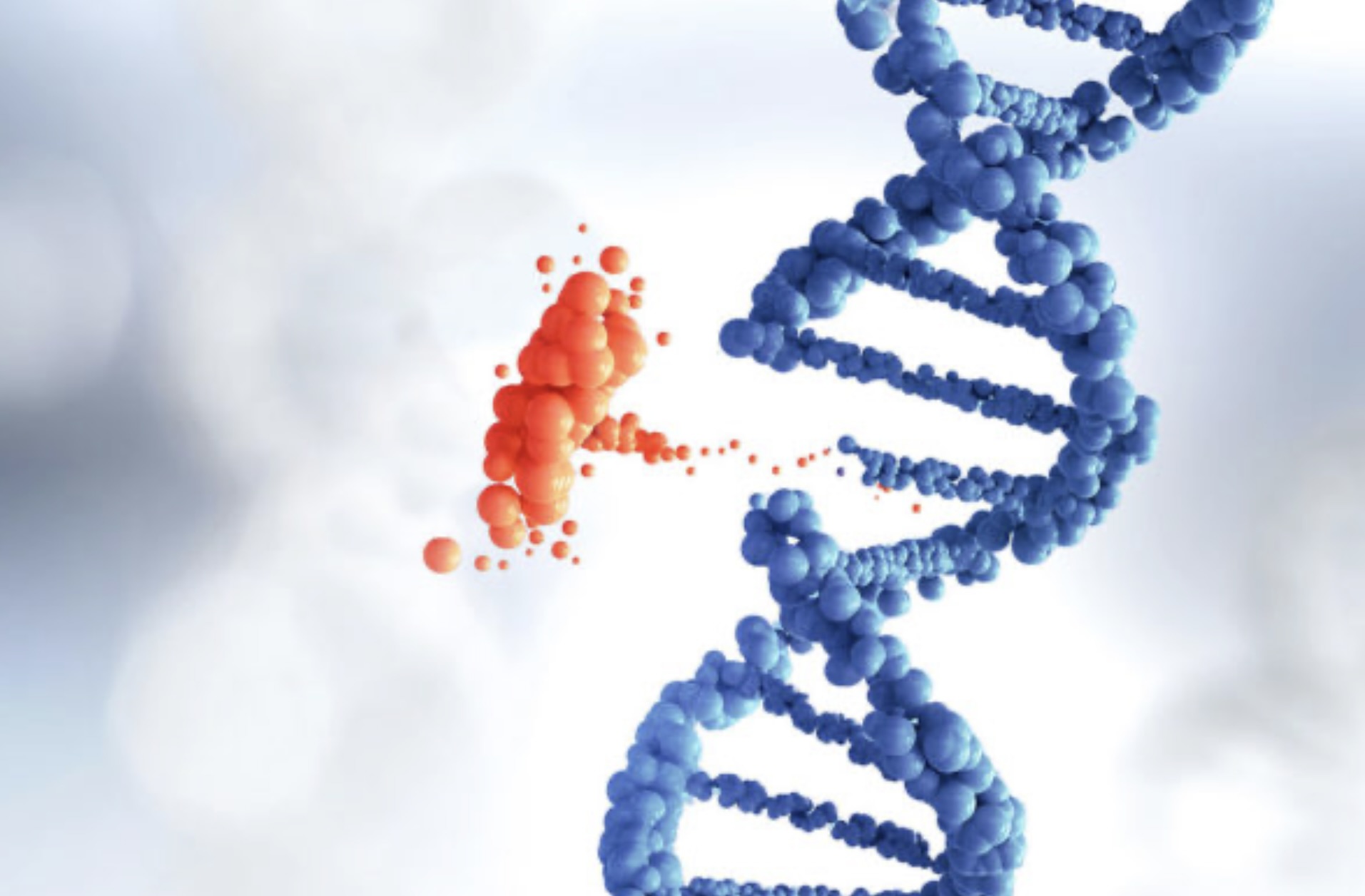Inherited Lipodystrophy: Symptoms, Causes, Treatment
What are the symptoms of inherited lipodystrophy?
Inherited lipodystrophies are a group of rare genetic disorders characterized by abnormalities in the distribution and storage of fat in the body. Symptoms can vary depending on the specific type of lipodystrophy, but common symptoms may include:
- Loss of body fat: One of the hallmark features of lipodystrophy is the loss of subcutaneous fat, particularly in the limbs, buttocks, and face. This can give the appearance of prominent veins and muscles, as well as a sunken facial appearance.
- Accumulation of fat in other areas: In contrast to the loss of subcutaneous fat, some individuals with lipodystrophy may have an abnormal accumulation of fat in other areas of the body, such as the abdomen, neck (buffalo hump), or breasts (gynecomastia in males).
- Insulin resistance and diabetes: Many individuals with lipodystrophy develop insulin resistance, which can lead to high blood sugar levels and diabetes. This can occur at a young age and may be difficult to control with standard diabetes medications.
- Hypertriglyceridemia: Lipodystrophy is often associated with high levels of triglycerides in the blood, which can increase the risk of pancreatitis and cardiovascular disease.
- Liver abnormalities: Some types of lipodystrophy are associated with an enlarged liver (hepatomegaly) and abnormal liver function tests.
- Muscle and joint problems: Loss of subcutaneous fat can lead to increased stress on muscles and joints, which may result in muscle weakness, joint pain, and arthritis.
- Menstrual irregularities: Women with lipodystrophy may experience irregular menstrual cycles or amenorrhea (lack of menstruation).
- Cardiovascular complications: Individuals with lipodystrophy have an increased risk of cardiovascular disease, including heart attacks and strokes, due to the abnormal lipid profile and insulin resistance.
It’s important to note that symptoms can vary widely among individuals with lipodystrophy, and not all individuals will experience all of these symptoms. If you suspect you or your child may have lipodystrophy, it’s important to see a healthcare provider for proper diagnosis and management.
What are the causes of inherited lipodystrophy?
Inherited lipodystrophies are genetic disorders caused by mutations in genes that play a role in the regulation of fat storage and distribution in the body. Several different genes have been implicated in various types of inherited lipodystrophy. Some of the known causes of inherited lipodystrophy include:
- Berardinelli-Seip congenital lipodystrophy (BSCL): This type of lipodystrophy is caused by mutations in the AGPAT2 or BSCL2 gene. These genes are involved in the formation of adipose tissue (fat) and play a role in the storage of triglycerides.
- Familial partial lipodystrophy (FPL): FPL is caused by mutations in genes such as LMNA, PPARG, or CIDEC, which are involved in the regulation of fat metabolism and storage.
- Dunnigan-type familial partial lipodystrophy (FPLD): FPLD is caused by mutations in the LMNA gene, which encodes a protein called lamin A/C that is involved in maintaining the structure of the cell nucleus.
- Mandibuloacral dysplasia with lipodystrophy (MAD): MAD is caused by mutations in the LMNA or ZMPSTE24 genes, which are involved in the processing of lamin A/C and maintaining the structure of the cell nucleus.
- Kobberling-type familial partial lipodystrophy (FPLD2): FPLD2 is caused by mutations in the PPARG gene, which plays a role in regulating fat cell development and metabolism.
- Congenital generalized lipodystrophy (CGL): CGL is caused by mutations in genes such as AGPAT2, BSCL2, CAV1, or PTRF, which are involved in the formation and function of adipose tissue.
These genetic mutations lead to abnormal fat distribution and storage in the body, which can result in the characteristic features of lipodystrophy, such as loss of subcutaneous fat in some areas and accumulation of fat in other areas. Inherited lipodystrophies are typically inherited in an autosomal dominant or autosomal recessive manner, depending on the specific gene involved.
What is the treatment for inherited lipodystrophy?
Treatment for inherited lipodystrophy focuses on managing the symptoms and complications of the condition. Since lipodystrophy affects fat distribution and metabolism, treatment often involves a multidisciplinary approach that may include the following:
- Dietary management: A dietitian can help develop a nutrition plan that promotes healthy weight management and blood sugar control. This may include a low-fat, low-sugar diet to reduce the risk of complications such as diabetes and high triglycerides.
- Exercise: Regular physical activity can help improve insulin sensitivity, manage weight, and reduce the risk of cardiovascular complications.
- Blood sugar monitoring: People with lipodystrophy are at increased risk of developing diabetes, so regular monitoring of blood sugar levels and appropriate management with medication or insulin may be necessary.
- Lipid-lowering medications: Medications such as statins or fibrates may be prescribed to help lower high triglyceride levels and reduce the risk of pancreatitis and cardiovascular disease.
- Hormone replacement therapy: In some cases, hormone replacement therapy may be necessary to address hormonal imbalances that can occur as a result of lipodystrophy.
- Cosmetic procedures: In some cases, cosmetic procedures such as liposuction or fat grafting may be considered to improve body contour abnormalities caused by lipodystrophy.
- Genetic counseling: For individuals with a family history of lipodystrophy, genetic counseling may be recommended to assess the risk of passing the condition to future generations.
Since lipodystrophy is a complex condition that can affect multiple body systems, treatment should be individualized based on the specific symptoms and complications experienced by each person. Close monitoring by a healthcare team that includes specialists in endocrinology, genetics, and nutrition is typically recommended to manage the condition effectively.




